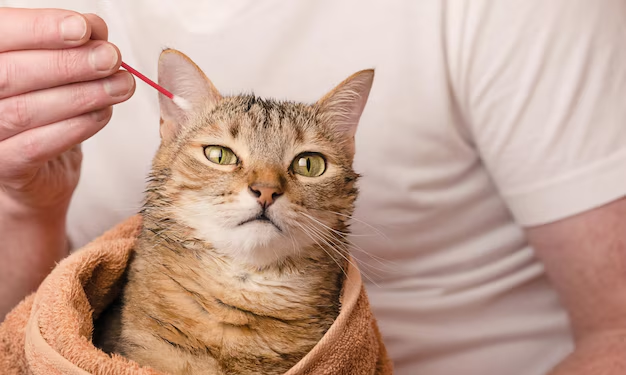Can Your Feline Friend Get Diabetes? Here's What Every Cat Owner Should Know
Cats have their fair share of health conditions, and understanding these is crucial for every loving pet owner. Yes, cats can indeed get diabetes, and it's more common than you might think. Just like in humans, feline diabetes is a chronic disease that can significantly impact a cat's quality of life if left unmanaged.
What is Feline Diabetes?
Feline diabetes is a condition where a cat's body cannot effectively produce or use insulin, a hormone crucial for regulating blood sugar. This leads to elevated glucose levels in the blood, which can cause numerous health issues. Typically, two types of diabetes are recognized in cats:
- Type 1 Diabetes: Less common, where the pancreas produces little to no insulin.
- Type 2 Diabetes: More prevalent, where the body cannot effectively use the insulin produced.
Symptoms to Watch For
Spotting the signs of diabetes early is vital for effective management. Here are some symptoms to be on the lookout for:
- Increased Thirst and Urination: Frequent visits to the water bowl and litter box.
- Weight Loss: Despite an increased appetite.
- Lethargy: A noticeable drop in energy levels.
- Poor Coat Condition: Dullness or signs of poor grooming.
If you notice these signs, consulting a veterinarian promptly is advisable. Early diagnosis can often lead to better outcomes and simpler management.
Managing Diabetes in Cats
There’s good news for pet owners: with the right care, cats with diabetes can live a healthy, happy life. Management strategies often include:
- Dietary Adjustments: Special low-carb diets can help stabilize blood sugar levels.
- Insulin Therapy: Most diabetic cats require insulin injections, administered daily.
- Regular Vet Check-ups: Routine monitoring of glucose levels and overall health.
Financial Assistance for Pet Health
Owning a pet involves financial commitments, and managing a condition like diabetes can strain family budgets. Here are some ways to alleviate the financial burden:
Pet Insurance
- Comprehensive Coverage: Many insurance plans cover diabetes management, including medications and vet visits.
- Critical Planning: Ensure to enroll in pet insurance before a diagnosis for maximum benefits.
Financial Aid and Assistance Programs
- Nonprofit Organizations: Several charities offer financial aid for pet owners struggling with medical bills.
- Local Animal Shelter Programs: Some shelters offer medical treatment assistance for low-income families.
Budget-Friendly Tips
- Purchase Supplies in Bulk: Items like syringes, testing strips, and special diets might be cheaper when bought in larger quantities.
- Explore Generic Medications: Consult your vet about cost-effective alternatives for insulin and other necessary medications.
Staying informed about your cat’s health needs can give you peace of mind and ensure that your feline companion leads the best life possible.
Financial Assistance and Resource Table 📊
Here's a quick look at some options available for financial relief and educational support:
🏥 Pet Insurance Plans
- Comprehensive coverage for chronic conditions like diabetes.
💸 Nonprofit Assistance Programs
- Organizations like RedRover and the Pet Fund offer grants.
🍴 Bulk Purchase Options
- Consider online retailers for cost savings.
📚 Educational Grants
- Programs available to help understand pet health better.
Empowering yourself with the right information not only prepares you emotionally and financially but also ensures your furry friend continues to thrive under your care.
